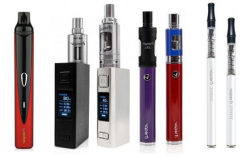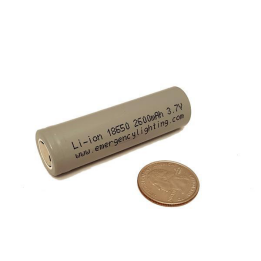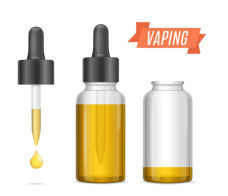Warning : This Product Contains Nicotine. Nicotine Is An Addictive Chemical.
I Confirm That I Am 21 Years of Age or over and I Am of Legal Age to View and Purchase Content and Products from the Site.
I am under 21
I am over 21
WARNING: This product contains nicotine. Nicotine is an addictive chemical.
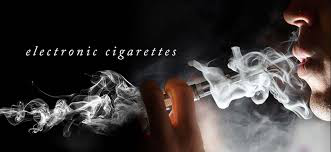
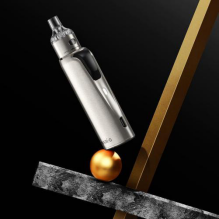 An exception to this are mechanical e-cigarettes (mods) which contain no electronics and the circuit is closed by using a mechanical action switch. An atomizer consists of a small heating element, or coil, that vaporizes e-liquid and a
An exception to this are mechanical e-cigarettes (mods) which contain no electronics and the circuit is closed by using a mechanical action switch. An atomizer consists of a small heating element, or coil, that vaporizes e-liquid and a 